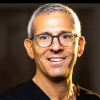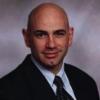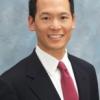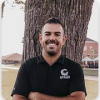Premier - Local Orthopaedic Surgeon
-
Reverse Shoulder Replacement Surgery
The complications of this procedure are similar to those of joint replacements of any joint in the body. The most common complication is that the humerus or arm portion (the socket) can become dislodged from the ball (the shoulder blade part) and the prosthesis is “dislocated.”
-
What is Reverse Shoulder Replacement Surgery
Reverse shoulder replacement surgery is fairly new in the last 10 to 20 years.It’s become more popular again. It has to do with a specific type of arthritis. So these rotator cuff tendons rotate the shoulder around and keeps the ball and socket centered.
And when you slide upward like that then the head and socket no longer is aligned, it changes the joint reaction forces, resulting in a different type of arthritis known as the cuff tear arthropathy. .









